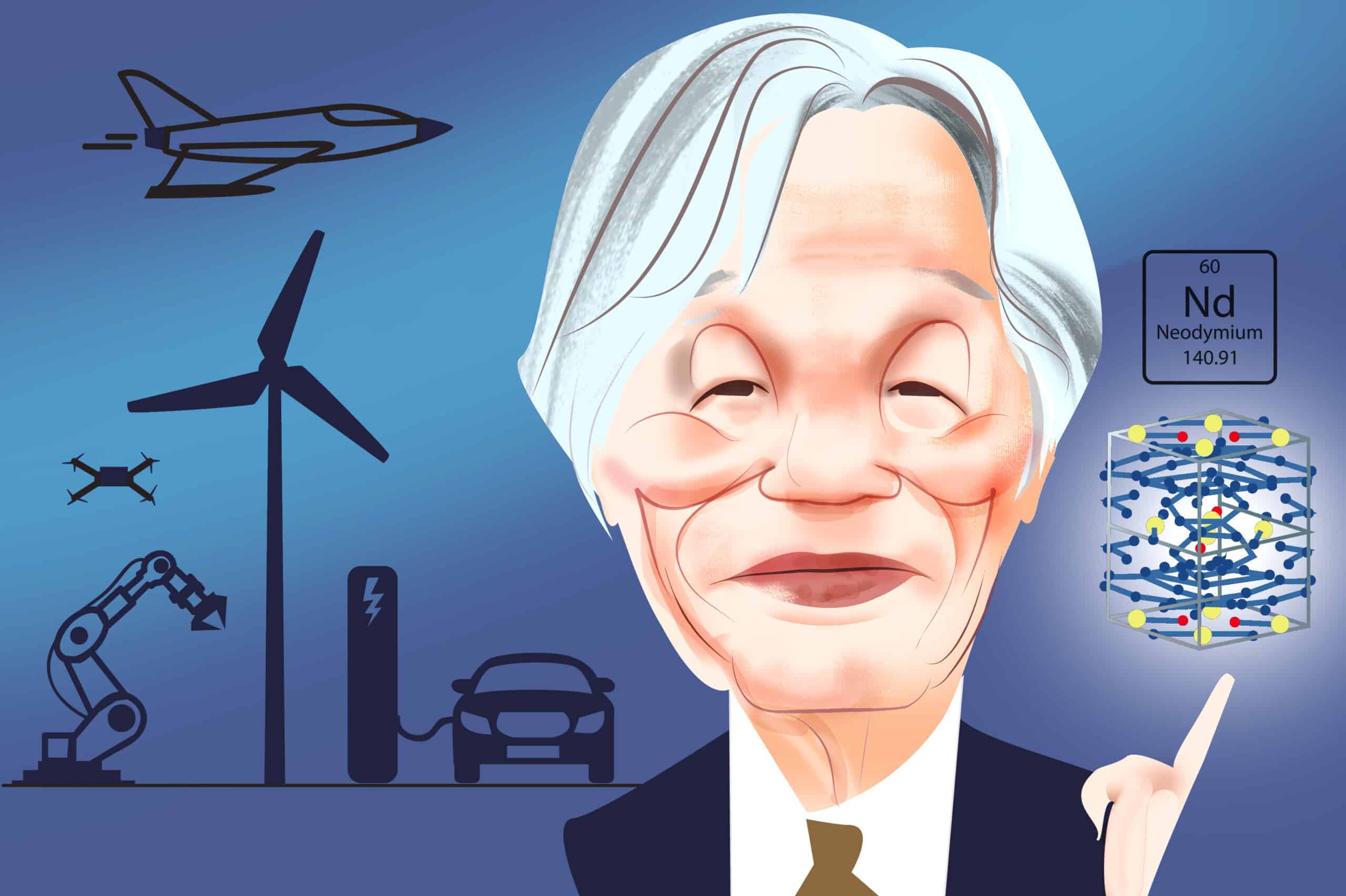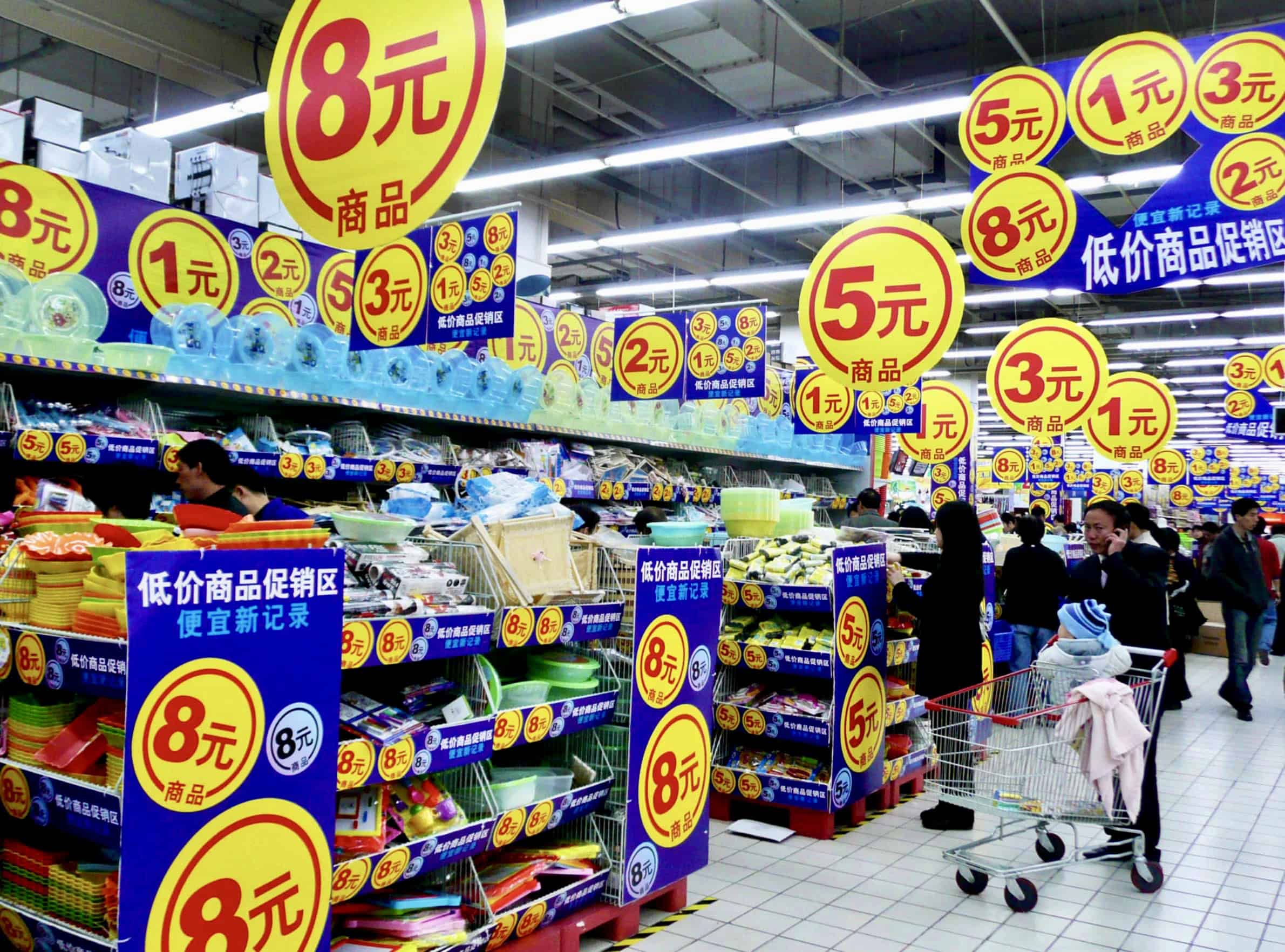Dan Wang is a technology analyst at Gavekal Dragonomics, a macro research firm, where he focuses on Chinese technology and industrial policy, global supply chains, and U.S. regulatory actions. Wang studied philosophy at the University of Rochester and previously worked in Silicon Valley. He is based in Shanghai and is also a contributor to Bloomberg Opinion. He writes about technology, history and literature on his personal site, danwang.co. He was recently a guest on the Sinica podcast. What fo
Navigate China's Business Landscape with Confidence.
- Gain visibility into supplier risks
- Easily manage trade compliance
- Conduct in-depth due diligence



